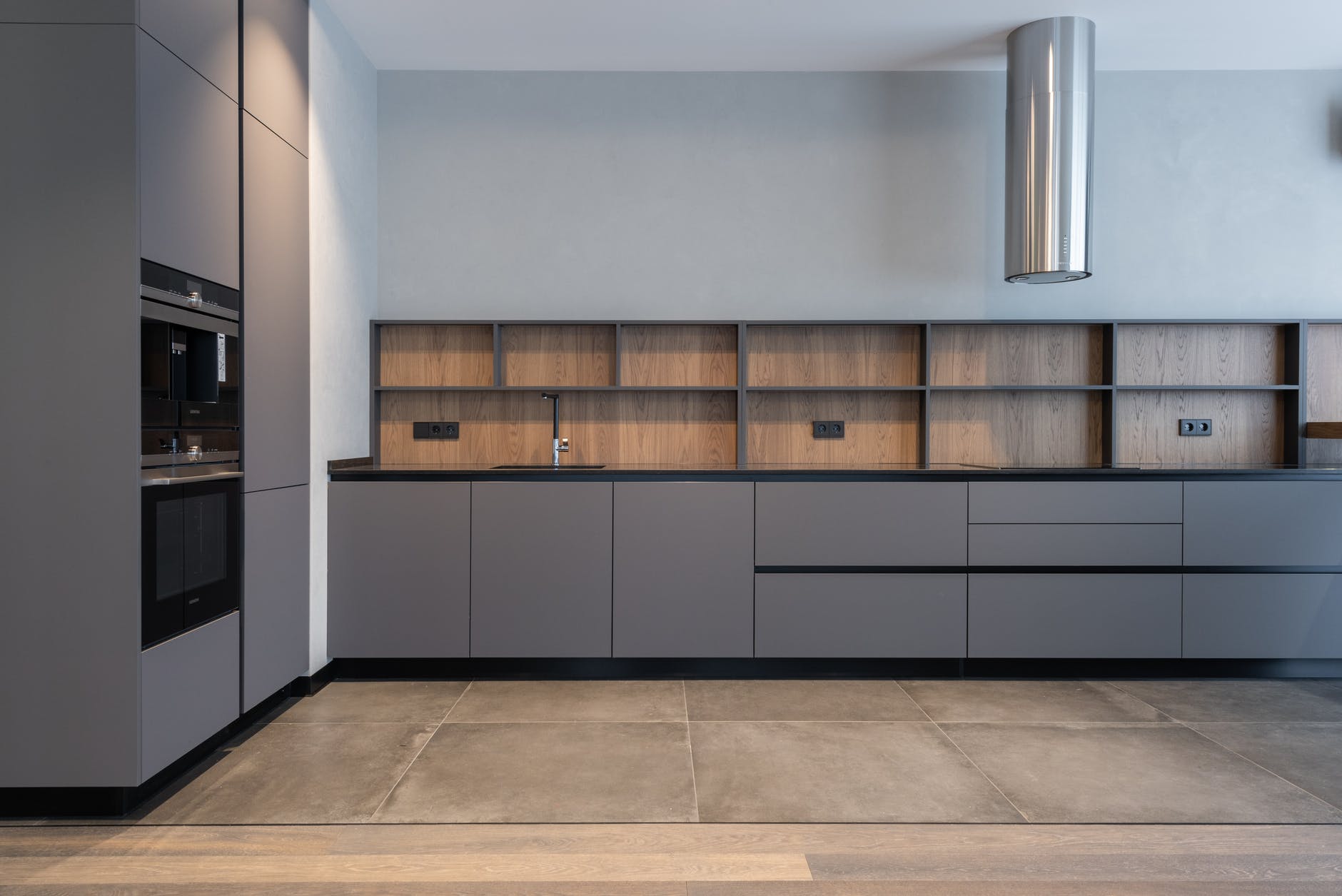Travertine tiles are a timeless and versatile option for enhancing both indoor and outdoor spaces. Known for their natural beauty, durability, and unique patterns, these tiles are a popular choice for homeowners and designers alike. Whether you’re planning to renovate your kitchen, bathroom, or patio, travertine tiles can elevate the aesthetic of any space.
In this guide, we’ll explore what travertine tiles are, their benefits, different types, how to choose the right ones, and how to install and maintain them. Let’s dive in!
What Are Travertine Tiles?
Travertine is a natural stone that forms in hot springs and limestone caves over thousands of years. It’s primarily composed of calcium carbonate, which gives it its distinctive earthy tones, such as beige, ivory, brown, and even shades of red. Travertine tiles are extracted from large quarries and then cut, polished, and finished to create beautiful tiles suitable for various applications.
The unique veining and pitting of travertine tiles make them stand out from other natural stones like marble and granite. Each tile has its own individual pattern, which adds character and charm to any surface.
Why Choose Travertine Tiles?
1. Durability
Travertine is a strong and durable material that can withstand heavy foot traffic and resist wear and tear. This makes it an excellent option for both indoor areas like kitchens and bathrooms, as well as outdoor spaces such as patios and pool decks.
2. Natural Beauty
One of the biggest advantages of travertine tiles is their natural beauty. The soft, warm tones and unique patterns make them a stunning addition to any space. Travertine tiles blend seamlessly with various styles, from classic to contemporary.
3. Versatility
Travertine tiles can be used in a wide variety of applications, including floors, walls, countertops, backsplashes, showers, and outdoor areas. They come in different finishes, sizes, and shapes, allowing you to customize the look of your space.
4. Eco-Friendly
Travertine is a natural stone, and using it in your home contributes to a sustainable and eco-friendly design. Unlike synthetic materials, travertine doesn’t contain harmful chemicals or pollutants, making it a safe and environmentally friendly choice.
Different Types of Travertine Tiles
Travertine tiles come in different finishes, each offering a distinct look and feel. Understanding these options will help you choose the best travertine tiles for your project.
1. Tumbled Travertine
Tumbled travertine tiles have a textured, weathered surface with rounded edges. This finish gives the stone a rustic and natural appearance, making it perfect for outdoor spaces and areas that require slip resistance, such as pool decks.
2. Honed Travertine
Honed travertine tiles have a smooth, matte finish with a slight polish. This finish retains the natural look of the stone but with a softer and more refined appearance. Honed travertine is commonly used in indoor spaces like kitchens, bathrooms, and living rooms.
3. Polished Travertine
Polished travertine tiles have a shiny, reflective surface due to extensive polishing. This finish gives the stone a sleek and luxurious look, making it ideal for upscale interiors such as bathrooms and foyers.
4. Brushed Travertine
Brushed travertine tiles have a slightly textured surface due to brushing during the finishing process. This finish offers a balance between the rustic appeal of tumbled travertine and the smoothness of honed travertine. It works well in both indoor and outdoor spaces.
How to Choose the Right Travertine Tiles
Choosing the right travertine tiles involves considering factors such as the location, style, and function of the space. Here are some tips to help you make the right choice.
1. Consider the Space
The first step in selecting travertine tiles is to think about where they will be installed. For example, if you’re tiling an outdoor area, tumbled travertine may be the best option due to its slip-resistant surface. On the other hand, polished travertine is better suited for indoor spaces like bathrooms or hallways, where you want a sleek, high-end look.
2. Evaluate Color Options
Travertine tiles come in a variety of colors, from light beige to deep brown. Lighter shades are great for creating a bright and airy feel, while darker tones add warmth and sophistication to a space. Choose a color that complements the overall design and existing elements of your home.
3. Tile Size and Shape
Travertine tiles come in different sizes and shapes, including squares, rectangles, and mosaic patterns. Larger tiles are perfect for open areas like patios and floors, while smaller tiles or mosaic patterns work well for backsplashes or accent walls. Consider the size of the space and the look you want to achieve when selecting tile dimensions.
4. Finish and Texture
The finish of the travertine tile affects its appearance and how it feels underfoot. For high-traffic areas, a honed or tumbled finish is ideal due to its durability and slip resistance. Polished travertine, while beautiful, can be slippery when wet, so it’s better suited for low-traffic or decorative areas.
Step-by-Step Guide to Installing Travertine Tiles
Installing travertine tiles requires careful planning and execution to ensure a professional finish. Follow these steps for a successful installation:
Step 1: Prepare the Surface
Before installing travertine tiles, make sure the surface is clean, dry, and level. Remove any old tiles, debris, or adhesive. If necessary, use a leveling compound to create a smooth and even surface.
Step 2: Plan the Layout
Lay out the travertine tiles in your desired pattern before applying any adhesive. This helps you visualize the final look and ensures that the tiles are evenly spaced. Use spacers between the tiles to maintain consistent gaps for grouting.
Step 3: Apply Adhesive
Using a notched trowel, apply a thin layer of adhesive (mortar) to a small section of the surface. Make sure the adhesive is evenly spread and thick enough to hold the tiles in place.
Step 4: Lay the Travertine Tiles
Begin laying the travertine tiles in the adhesive, starting from one corner of the room or space. Press each tile firmly into place, ensuring it adheres to the surface. Continue laying tiles, using spacers to maintain even gaps.
Step 5: Cut Tiles for Edges
For tiles that need to fit around edges or corners, use a wet saw to cut them to the appropriate size. Wet saws are designed to cut through stone without causing damage.
Step 6: Allow Adhesive to Dry
Once all the tiles are laid, allow the adhesive to dry for at least 24 hours. This ensures the tiles are securely bonded to the surface.
Step 7: Grout the Tiles
After the adhesive has dried, remove the spacers and apply grout between the tiles using a rubber grout float. Press the grout into the gaps and wipe away any excess with a damp sponge. Let the grout cure for the recommended time before using the space.
Step 8: Seal the Tiles
Travertine tiles are porous, so sealing them is essential to protect them from stains, moisture, and wear. Apply a high-quality stone sealer to the surface of the tiles once the grout has dried. Reseal the tiles every 1-2 years to maintain their appearance and durability.
Maintenance Tips for Travertine Tiles
Maintaining travertine tiles is relatively easy with proper care. Here are some tips to keep your tiles looking their best:
- Regular Cleaning: Sweep or vacuum travertine floors regularly to remove dirt and debris. For spills, clean them immediately with a damp cloth to prevent staining.
- Use a pH-Neutral Cleaner: Avoid harsh or acidic cleaners, as they can damage the stone. Instead, use a pH-neutral cleaner specifically designed for natural stone.
- Reseal Periodically: To protect the tiles from water damage and stains, reseal them every 1-2 years, especially in high-traffic or wet areas like bathrooms or kitchens.
Conclusion
Travertine tiles are a beautiful and versatile option for both indoor and outdoor spaces. Their natural appeal, durability, and variety of finishes make them suitable for various design styles and applications. By choosing the right tiles, following proper installation steps, and maintaining them regularly, you can enjoy the elegance of travertine for years to come.




